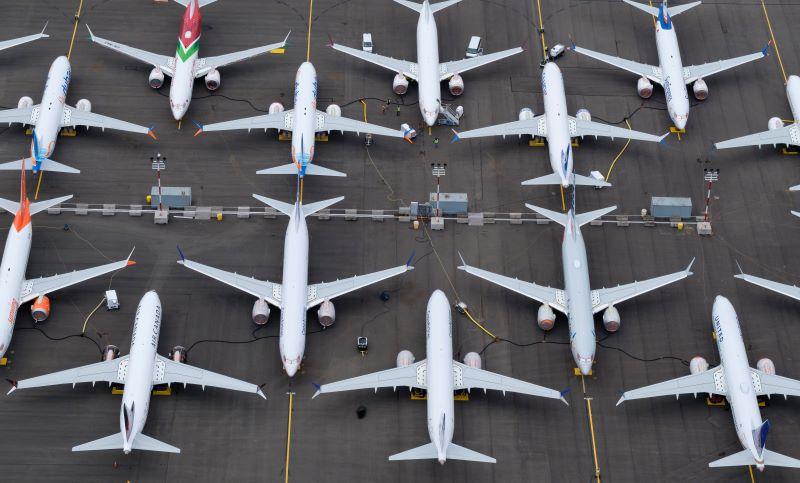
Credit: Stephen Brashear / Getty Images
Deliveries from Boeing’s 737 MAX stored inventory slowed in the last two months, providing early evidence that supports Boeing’s latest projections of deliveries from the parked backlog lasting into 2023, an Aviation Week Fleet Discovery analysis shows. Boeing handed over a total of 44 737 MAXs in...
Subscription Required
This content requires a subscription to one of the Aviation Week Intelligence Network (AWIN) bundles.
Schedule a demo today to find out how you can access this content and similar content related to your area of the global aviation industry.
Already an AWIN subscriber? Login
Did you know? Aviation Week has won top honors multiple times in the Jesse H. Neal National Business Journalism Awards, the business-to-business media equivalent of the Pulitzer Prizes.


